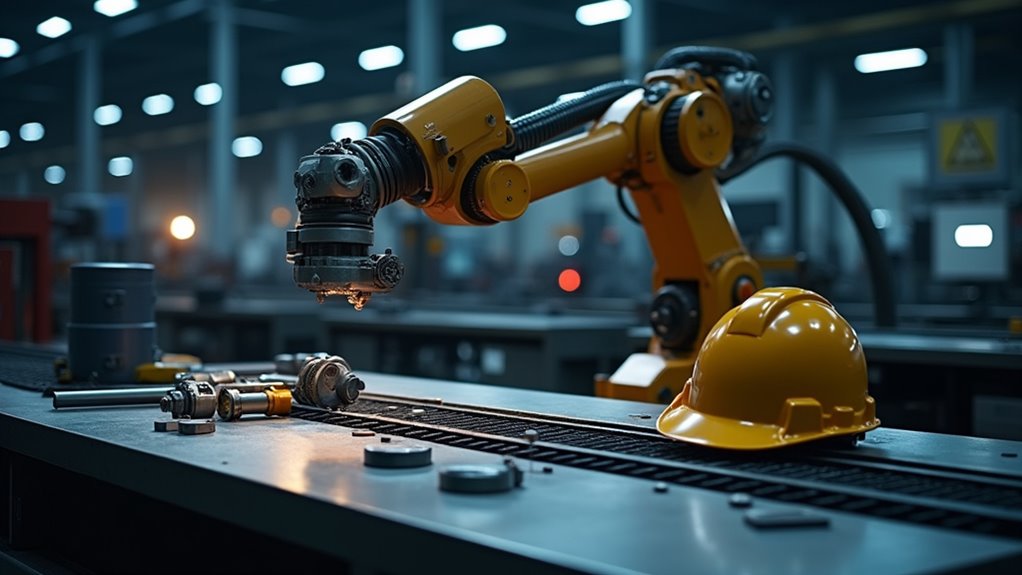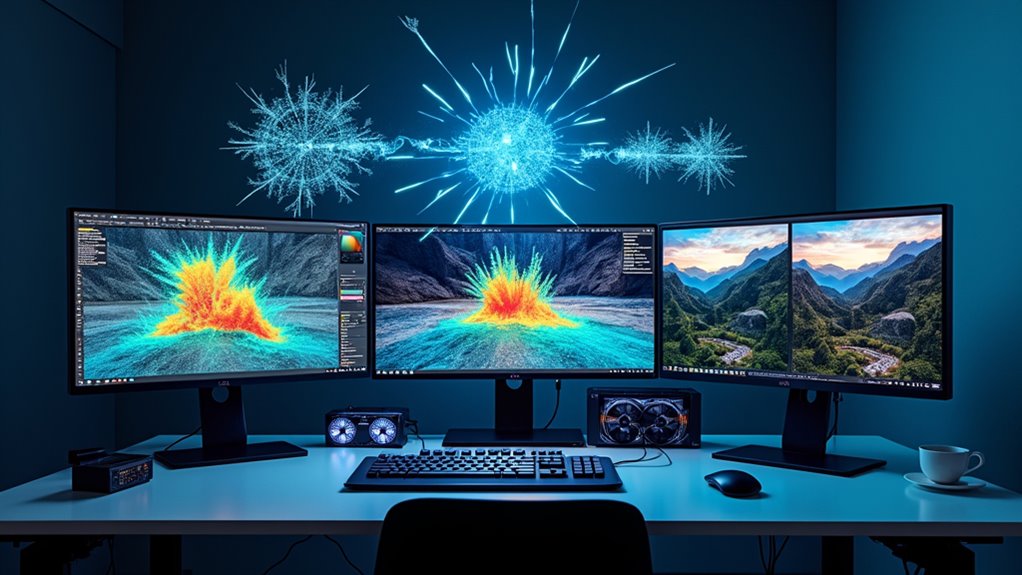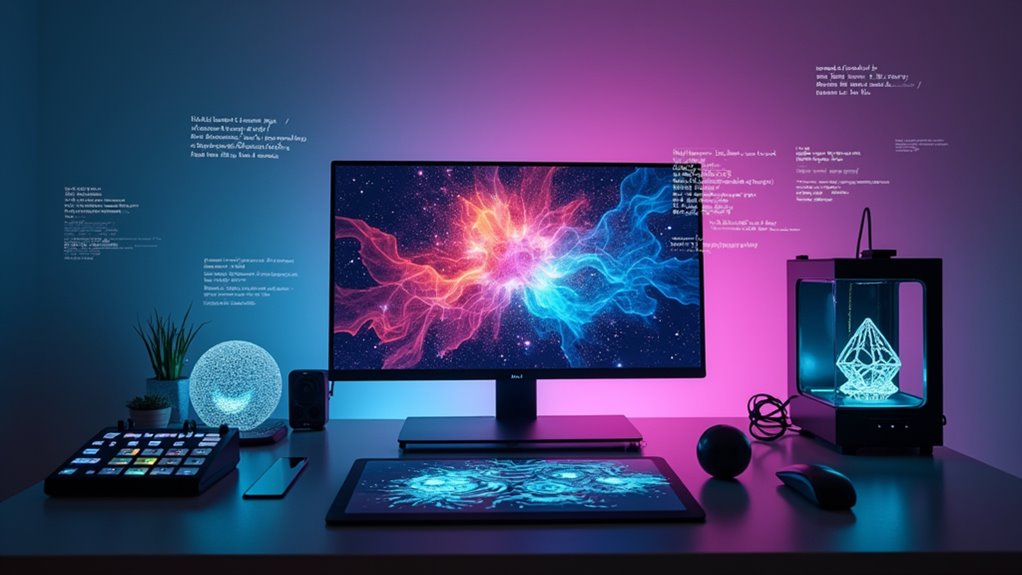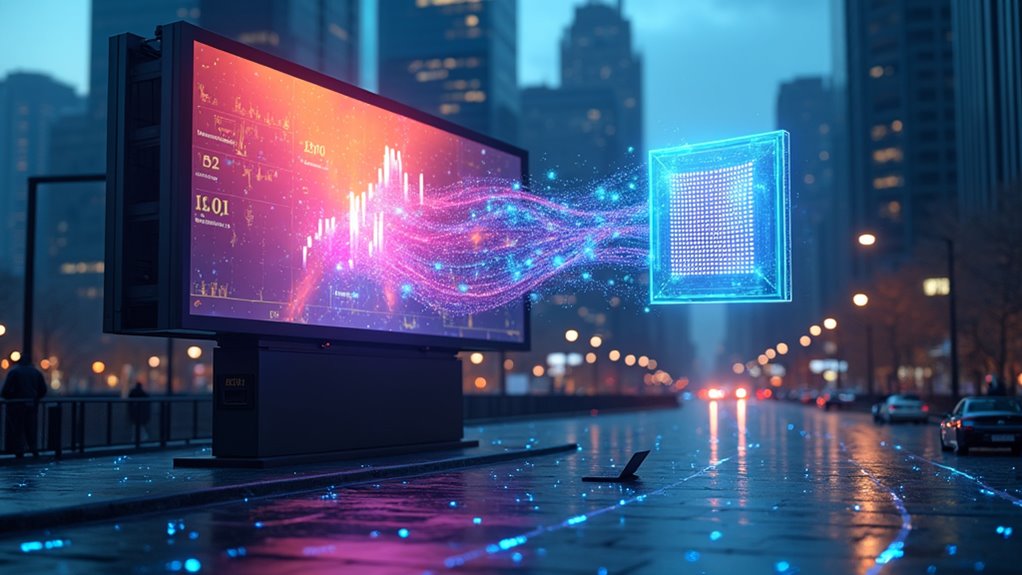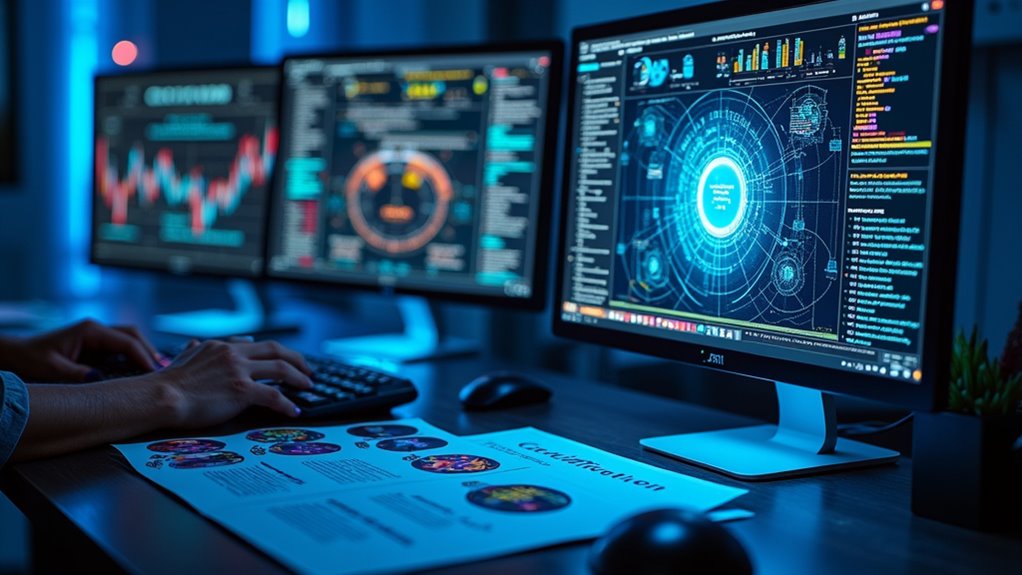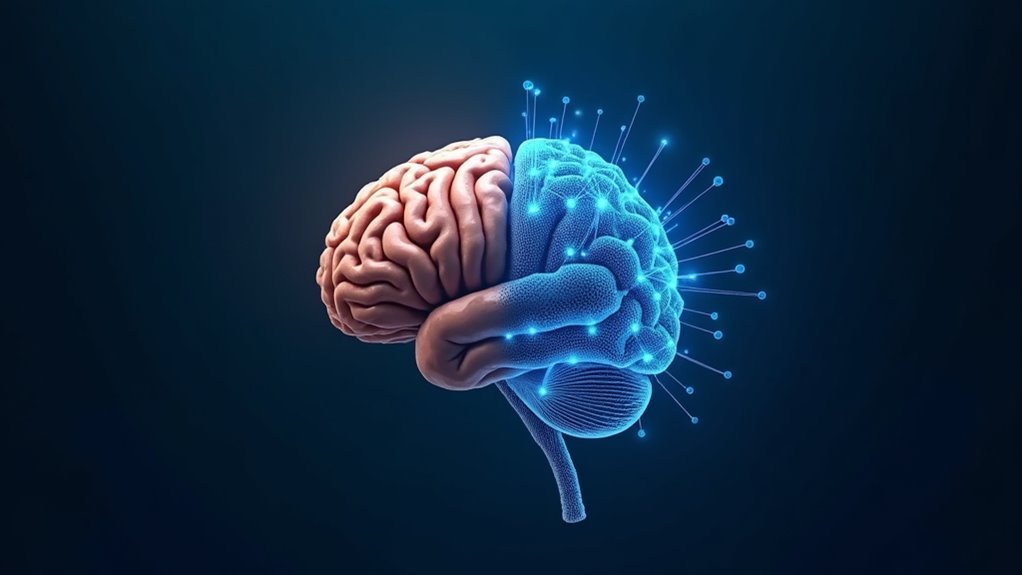Robots are replacing some jobs but not humans entirely. While automation has eliminated about 400,000 U.S. jobs and could displace millions globally by 2030, only 14% of workers report actual robot replacement. Manufacturing, automotive, and electronics sectors face the highest risk. Jobs requiring complex reasoning, creativity, and empathy remain robot-proof. The future workplace will likely feature human-robot collaboration rather than wholesale replacement. Discover how your career might weather the coming mechanical storm.
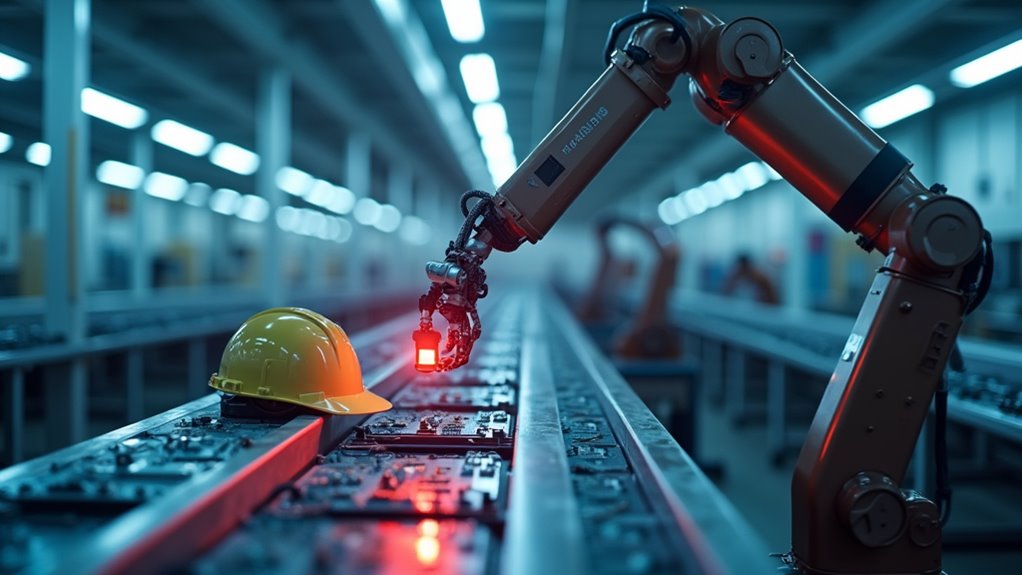
While robots have been creeping into factories for decades, their impact on the workforce is no longer a sci-fi fantasy—it’s statistical reality. Each robot added per 1,000 American workers eliminates about six jobs in that area, translating to approximately 400,000 lost positions nationwide so far. Job automation has particularly wounded manufacturing, with a staggering 1.7 million jobs vanishing since 2000.
Robots aren’t science fiction anymore—they’re statistical job killers reshaping the American workforce one automation at a time.
The workforce impact extends beyond assembly lines—wages decline by 0.42% with each robot addition, while the employment-to-population ratio drops by 0.2 percentage points. Researchers predict robots could quadruple worldwide by 2025, intensifying these negative employment trends. However, historical patterns suggest that technological advancements typically transform job markets rather than permanently eliminating employment opportunities.
Look around. Robots aren’t just taking jobs—they’re reshaping entire industries. The automotive sector employs 38% of all industrial robots, with electronics (15%) and plastics/chemicals (10%) following behind. Construction workers, retail staff, and even waiters face significant replacement risk. Why? Robots excel at repetitive tasks without complaining, taking breaks, or demanding raises. They’re relentlessly consistent.
Don’t panic just yet. The actual replacement rate appears lower than our collective anxiety suggests. Only 14% of surveyed workers report having a job replaced by robots—though those who’ve experienced displacement tend to exaggerate the threat. This fear isn’t new; humans have worried about technology stealing livelihoods since the industrial revolution.
By 2030, automation could displace between 75-375 million workers globally. That’s a wide range, but even the low end represents significant disruption. Higher education offers some protection—complex reasoning, creativity, and human empathy remain challenging for robots to replicate. Healthcare professionals can breathe easier than assembly line workers, as AI technologies are designed to augment healthcare rather than replace the human element in patient care.
The robot revolution brings mixed blessings. While they boost productivity and handle dangerous tasks, they’re transforming employment fundamentals. Collaborative robots—”cobots”—represent a middle path, working alongside humans rather than replacing them entirely.
The future won’t be entirely human or entirely automated, but a complex dance between both. Prepare accordingly. Your job may depend on it.
Frequently Asked Questions
How Will Robot Replacement Impact Mental Health of Displaced Workers?
Job displacement by robots can devastate workers’ mental health.
Studies show the fallout includes depression, anxiety, and feelings of inadequacy—not exactly a recipe for wellness. When humans lose control over job security, their minds suffer. Economic uncertainty amplifies these effects, creating a nasty psychological cocktail.
The lack of task variety and social interaction in increasingly roboticized workplaces doesn’t help either. Workers face a double threat: lose your job or watch it become increasingly dehumanized.
Can Robots Develop Empathy and Emotional Intelligence?
Robots can simulate empathy through emotional programming, but they don’t truly “feel” it. Their responses—however convincing—are algorithms, not genuine emotional understanding.
Modern robotic interactions incorporate facial recognition, voice analysis, and behavioral patterns to mimic emotional intelligence. They can recognize your tears and offer comfort, but make no mistake—they’re executing code, not experiencing compassion.
The empathy appears real because we’re wired to anthropomorphize, but behind those sympathetic robot eyes lies only clever programming, not actual feelings.
What Ethical Frameworks Govern Robot Decision-Making?
Robot decision-making is governed by several ethical frameworks, most importantly deontological ethics (focused on rules and duties) and consequentialist theories (like utilitarianism, which prioritizes outcomes).
These frameworks help robots navigate complex moral situations. Additional approaches include Asimov’s Laws, which prevent harm to humans, and virtue ethics, which emulates positive human traits.
IEEE’s Ethically Aligned Design provides practical guidelines. The challenge? Robots lack genuine emotional understanding, making nuanced ethical judgments difficult despite sophisticated programming.
Who Bears Liability When Ai-Powered Robots Make Mistakes?
Liability considerations for AI robots aren’t exactly straightforward, folks.
Multiple parties typically share responsibility assignment when things go sideways. Manufacturers bear liability for design flaws, developers for coding errors, and owners for improper use or maintenance.
The EU’s pushing for stricter rules that flip the burden of proof to producers. Meanwhile, legal systems worldwide are scrambling to catch up with technology that makes decisions autonomously.
Who’s responsible? Everyone and no one, which is precisely the problem.
Will Robots Eventually Gain Consciousness or Self-Awareness?
Whether robots will gain consciousness remains hotly debated among experts.
Current consciousness theories suggest true self-awareness requires more than just programmed responses. While robots demonstrate rudimentary self-awareness indicators—like adjusting behavior based on sensor data—they lack the subjective experience humans possess.
The debate isn’t just academic; it has profound implications for how we’ll treat machines in the future.
Don’t panic yet—we’re still far from robots having existential crises about their purpose!
